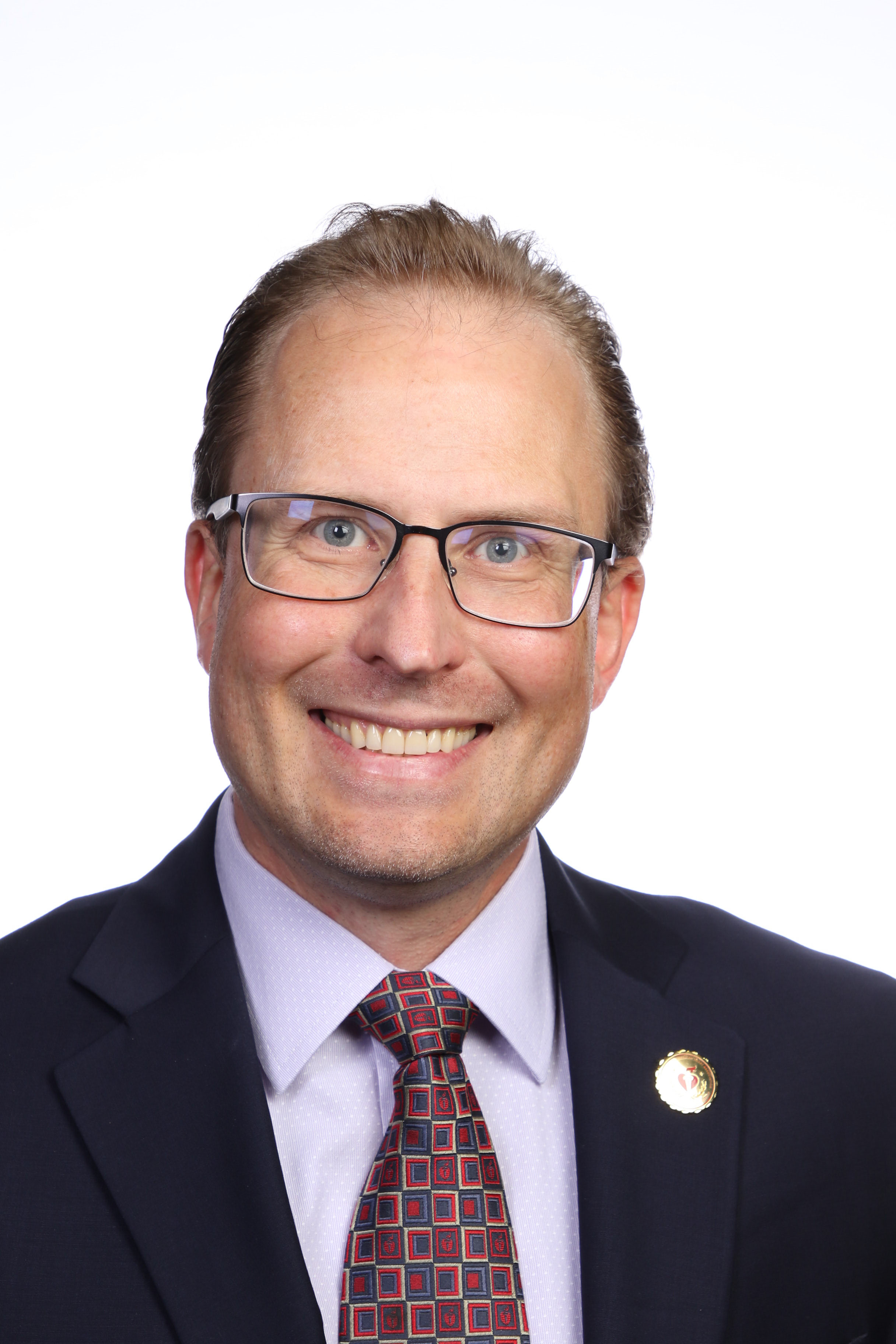Our Get to Know series highlights our dynamic researchers from across the UAB Comprehensive Diabetes Center (UCDC), from faculty members to trainees and laboratory staff. This month, we’re spotlighting Adam Wende, Ph.D., Professor in the Division of Molecular and Cellular Pathology in the Heersink School of Medicine Department of Pathology. His work has been funded by the American Heart Association, Breakthrough T1D (formerly JDRF), and most recently the National Heart, Lung, and Blood Institute of the NIH. 
Tell us a little bit about your role at UAB and the UCDC.
I am a tenured Professor in the Division of Molecular and Cellular Pathology in the Department of Pathology. I joined the faculty in August of 2013 as my first faculty position and through the support of UAB at large, and various centers including the UCDC, was able to rise through the ranks. In fact, the UCDC helped facilitate my initial hire here at UAB. My development as a faculty member was particularly aided by interactions with the UCDC through monthly lunches with several faculty that were hired around the same time as me and our interactions with established faculty in the center. My roles at UAB and the UCDC have centered on help with recruitment, review of various pilot awards, and assistance in annual symposia, weekly seminars, and several work-in-progress meetings.
What got you interested in diabetes research?
My interests in diabetes research started during my thesis training with Dr. Dan Kelly at Washington University in St. Louis. My initial projects were centered on metabolic adaptations to the heart in response to development and exercise training. However, during these early experiences I began to compare and contrast how these same changes were prevented or occurred in opposite directions when diabetes was also present. This work focused specifically on the utilization of glucose, which is significantly disrupted in the context of diabetes. These interests were further expanded during my postdoctoral training with Dr. E. Dale Abel at the University of Utah in Salt Lake City. During this additional training my research interests moved to almost exclusively studying the signaling disruptions that occur in the context of diabetes. Although still focused on glucose utilization, my research expanded to insulin signaling and specific proteins regulated by changes in these pathways, e.g., AKT, mTOR.
Tell us more about your research and collaborations.
Building off the early training experiences in my graduate and postdoctoral training, my research program took shape my final years in Utah and really took shape during my faculty transition here at UAB. Specifically, my interests in glucose utilization disruption in heart failure, particularly in the context of diabetes, introduced me to a specific protein post-translational modification (PTM) called O-GlcNAcylation. This PTM is enhanced in heart failure and also in diabetes. Because of this specific interest I came to UAB because of our institute’s unique interest in studying this area of research. Dr. John Chatham, and several others, were already studying O-GlcNAc and I immediately started collaborations with these groups of researchers. This has led to several intramural grants, NIH grants, and several dozen publications. However, the collaborative nature of research at UAB did not stop at a focus on GlcNAc. Through the UCDC, I have also collaborated on projects with other center members to determine the effect of topics as diverse as anti-retroviral therapy on metabolism and its potential exacerbation by obesity and diabetes.
What does support of the UCDC and its mission mean to you?
As mentioned in the prior sections, I specifically attribute any successes I’ve had since joining the faculty at UAB to its inherent collaborative environment. This team science is made possible by the culture of UAB, which is only made possible by centers like the UCDC. This can be seen by the pilot awards I’ve participated in to enter new areas of diabetes research. It has been further fostered by the interactive and supportive interactions supported by the weekly seminars and annual symposiums further supported by the UCDC. It is this open and engaging spirit highlighted by the UCDC mission that has made my work in diabetes research not only productive but also enjoyable.
Tell us about what you enjoy outside of the lab.
When not in the lab, my passions go back to what got me into metabolic research in the first place, endurance exercise. It was my passion for running, particularly marathons, that helped me decide on my thesis laboratory to study the adaptive effects of exercise on heart function and mitochondrial function. From these beginnings I became increasingly interested on what goes wrong with these pathways in the context of diabetes. This passion for running marathons has led to 22 completed and counting. Like my drive in the laboratory, my commitment on the road has allowed me to finish in the top 10 overall in five marathons with a personal best finishing time of 2 hours and 39 minutes or running about 10 mph for 2 and a half hours. Beyond this, I have also used my running for fundraising efforts, having raised over $31,000 for the Leukemia and Lymphoma Society (much of that support from UAB and fellow faculty, staff, and students) as a cancer survivor myself.
Visit the Wende Lab website to learn more about Dr. Wende’s current research.